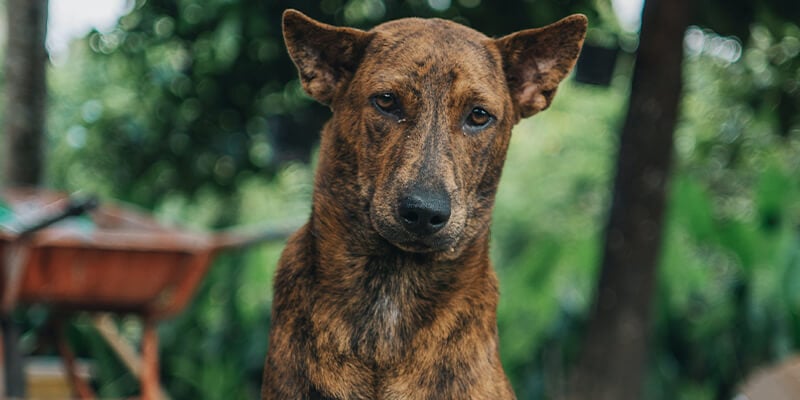New Indian Veterinary Education Regulations to End Calf Killing, Reduce Other Cruelty
Every year, an estimated 1,000 calves are killed in India to teach veterinary anatomy and surgery to students, and thousands of frogs, rats, guinea pigs, and rabbits suffer and die for dissection and other types of archaic training. But now, following efforts by PETA India, the government advisory body the Animal Welfare Board of India, and Union Cabinet Minister Maneka Gandhi, the new Veterinary Council of India Minimum Standards of Veterinary Education (Bachelor of Veterinary Science and Animal Husbandry degree course) Regulations, 2016, will change the way students are taught veterinary science in India. The new regulations phase out calf killing, introduce computer simulation, require an ethically sourced body-donation program to be set up, and call for other humane teaching methods to be used.
The new regulations, under the anatomy practical session, state the following:
Dissection will be carried out on cadavers procured by way of donation of animals or animals obtained from post-mortem section and the donated animals should be either incurable or in terminal stages and prosected specimens should be used. Within one year each college must set up a body-donation programme or wild body programme. Computer simulation software, models, mannequins, plastinated specimens, preserved body organs, models should be used for better understanding of the subject.
The physiology practical, which required students to record a cardiogram of a live frog’s heart and study the effects of heat and cold on the animal was also removed and replaced with “simulation experiments on nerve-muscle and heart physiology”. For pharmacology practical sessions, the new regulations mandate that “[s]imulated animal experiments should be preferred over use of live animals. The lab for simulated experiments should be established within a span of one year”.
Other key reforms include extending the five-year course duration to five and half years, increasing the internship programme from six months to one year so that students have more time for practical and hands-on training, and allowing students to intern at animal-welfare organisations.
Nearly every published comparative study in science-education literature has concluded that non-animal methods – including computer simulations, interactive CD-ROMs, films, charts, and life-like models – teach anatomy and complex biological processes as well as or better than inhumane and archaic animal laboratories. Research has shown that a significant number of students at every educational level are uncomfortable with killing live animals for dissection and experimentation, and some even turn away from careers in science rather than violating their principles. A survey conducted by PETA India among the final-year students of Bombay Veterinary College in 2013 revealed that 63 per cent said procedures such as terminal surgery and practicing painful techniques on living animals causes distress and takes a profound psychological toll on students. In addition, 69 per cent suggested that there should be a policy allowing conscientious objection by students to the use of live animals in favour of more modern humane techniques, 73 per cent agreed that willed or ethically sourced body donations are effective replacements for killing healthy calves for anatomical studies, and 65 per cent believed that non-harmful teaching methods such as simulation software, models, manikins, etc, are as effective as those achieved by animal use.
Students, if your university or college tries to force you to dissect animals, please write to [email protected]. We will work with you to help you stop it.





